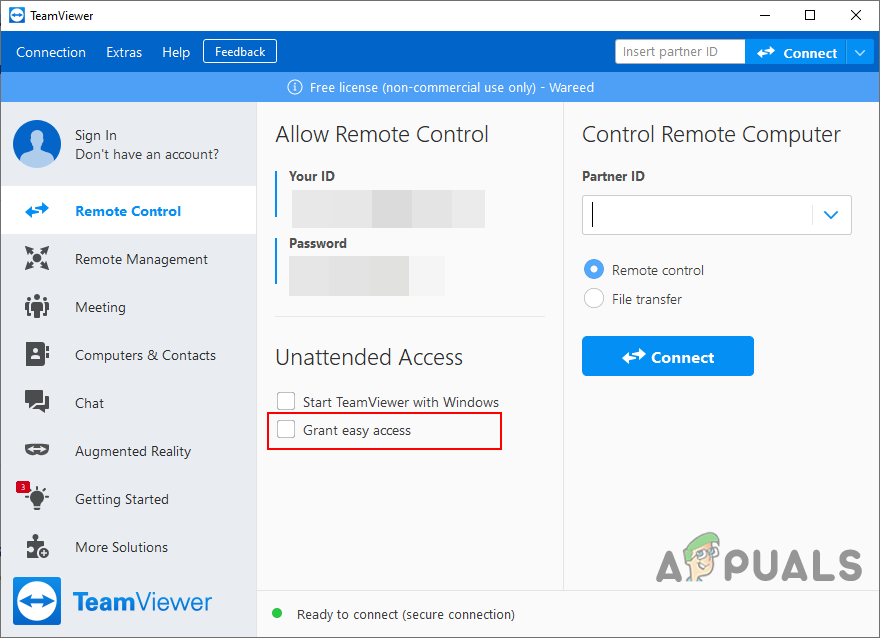

TeamViewer would not be detected in this case but other activities would be logged by these platforms. Only events centered around your interactions or non-interactions with the test page would be logged by these platforms. While some of these applications would send out a warning to test-takers in such events, others would simply log such events including the timeframe. Test-taking platforms that leverage such APIs cannot detect TeamViewer but can detect other activities. This enables platforms to log events like switching tabs or minimizing browser windows. Most modern online test-taking platforms leverage some form of state-change API like JavaScript page visibility API.

That said, TeamViewer cannot be identified in non-proctored tests. Yes, test takers using TeamViewer can easily be identified on proctored tests that leverage proctoring tools like Proctorio and Respondus Monitor. However, the question that remains is whether you can get caught using TeamViewer in an online test. One of these options is using a tool like TeamViewer to remotely provide third-party computer access to the test taker’s computer. In an attempt to avoid failing a test, people have resorted to leveraging various approaches to increase their chances of passing.

After all, passing one test could mean the difference between getting that scholarship or job you want and losing everything. Whether for academic purposes or a requirement for a job, there’s always an incentive to pass. So, users are highly recommended to upgrade their software to the 15.8.3, as it's hardly a matter of time before hackers started exploiting the flaw to hack into users' Windows PCs.Ī similar SMB-authentication attack vector was previously disclosed in Google Chrome, Zoom video conferencing app, and Signal messenger.No one likes to fail a test at any point in their lives.

Though the vulnerability is not being exploited in the wild as of now, considering the popularity of the software among millions of users, TeamViewer has always been a target of interest for attackers. The TeamViewer project has patched the vulnerability by quoting the parameters passed by the affected URI handlers e.g., URL:teamviewer10 Protocol "C:\Program Files (x86)\TeamViewer\TeamViewer.exe" "%1" This vulnerability, categorized as 'Unquoted URI handler,' affects "URI handlers teamviewer10, teamviewer8, teamviewerapi, tvchat1, tvcontrol1, tvfiletransfer1, tvjoinv8, tvpresent1, tvsendfile1, tvsqcustomer1, tvsqsupport1, tvvideocall1, and tvvpn1," Hofmann said. Now, the victim's Windows OS will "perform NTLM authentication when opening the SMB share and that request can be relayed (using a tool like responder) for code execution (or captured for hash cracking)."


 0 kommentar(er)
0 kommentar(er)
